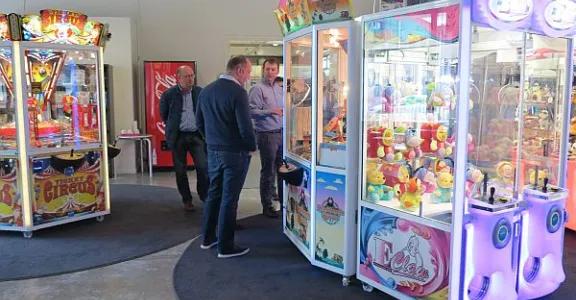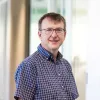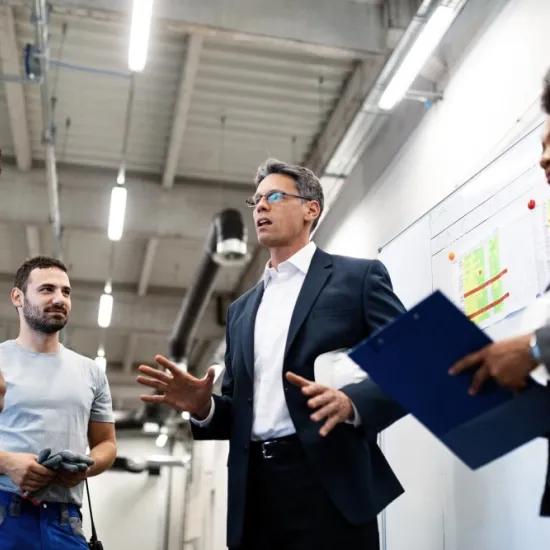When the production department at Elaut found it more and more difficult to keep up with increasing numbers of orders, it decided to change strategy. QRM offered new insights for greater transparency, shorter lead times and better predictability, while reducing levels of stress and the need for overtime and creating time to make continuous improvements.
Based in Sint-Niklaas in Belgium, the designer and producer of amusement and gaming equipment sells its products around the world to amusement parks, carnivals, fun fairs, casinos, etc. The United States is one of the most important markets. In view of the wide-ranging public and variety of markets, each with its own preferences and national legislation covering games of chance, the range of products that Elaut offers is very diverse, and in some cases with many variations of the same game. In addition to this, it often involves small production runs within a growing product range, as many of the older games remain available for as long as there is demand.
Production optimisation with obstacles
The sales of Elaut’s equipment has increased over the last few years, partly because of the rise of the number of entertainment centres in the US, which has in turn resulted in sharply increased turnover and more orders. The increasing sales have gradually taken production levels right up to the limit of capacity. Delivery times were already pretty long and often unpredictable resulting in having to state long lead times to the customers just to be on the safe side.
Freddy Huyghe, production manager at Elaut: “Our production procedures had to be continually modified and improved. For example we used to work on the sub-assemblies at different, specialist work areas, after which the various components would be assembled to make the actual unit. The problem here was the great variation in production times at these specialist work areas that in turn tended to make scheduling very difficult. Neither scheduling packages nor intermediate stocks provided a solution and a new layout in accordance with the lean principles had little effect, mainly because they did not apply to applications for products with many variations or large series. We therefore had to find another solution and this is how we arrived at QRM.”
Daily orders and team work
Freddy successfully completed the QRM Alpha Specialist course and soon identified a number of principles within the strategy that could be applied in the production department at Elaut: “Lead times is a very important issue and it also emerged that creating teams with the different operators and specialists was crucial for achieving the advantages offered by QRM. We moved over from finishing customer orders, to daily orders, whereby at the end of each day a number of machines are completed and the work for the next day is prepared. The system dynamics makes it possible to carry on working despite the various types of products and components, each of which requires a different production time.”
The advantages of working the new way were soon apparent: greater transparency quickly made it clear who is producing what and when, it also spread the workload more evenly, shortened the lead times, eradicated the need for intermediate stocks on the shop-floor, daily production became easier to anticipate and thanks to faster feedback, errors and defects were detected immediately. Significant work issues emerged and included the availability of all the components still needed from external suppliers, and also selecting employees and creating teams with the right dynamics. The company would also like to shorten lead times even further and where possible, it would like to hold limited stocks in order to deal better with any fluctuations with incoming orders.
Still a work in progress
Freddy: "QRM is actually a 'work in progress’ as far as we are concerned. We eventually want to involve our suppliers and we’re currently using any spare time each day to introduce improvements instead of making preparations for the next day. Although up until now, this way of working has not yet been fully adopted by everybody.”
There are even more QRM procedures in the programme for the future, the transition to self-managing teams, adapted layouts at the workplaces and creating Q-ROCs in the offices in order to achieve a QRM strategy that includes the whole company. This will result in being able to increase output with the same number of people and also improve delivery time predictions.
Freddy: “The credibility of our production has increased thanks to better predictability and shorter lead times. We also want to make it possible for everybody on the work-floor to know what they have to produce the next day. We have already managed to build up a small stock, but in future we want to shorten lead times even further, indeed so short that we would no longer need to have stocks. We anticipate having the same turnover in 2017 as the previous year, but without all the stress and overtime that was needed to achieve it.”
Despite the positive results there is still much to be done in getting everybody into line. “You really have to believe in the QRM strategy to have it working optimally, and be able to see past the initial criticism and also continually inform people about the new way of working, persuading them if necessary,” according to Freddy Huyghe.
Would you like to discover the advantages offered by QRM? Discover the advantages here, and in the agenda you can find upcoming projects.




